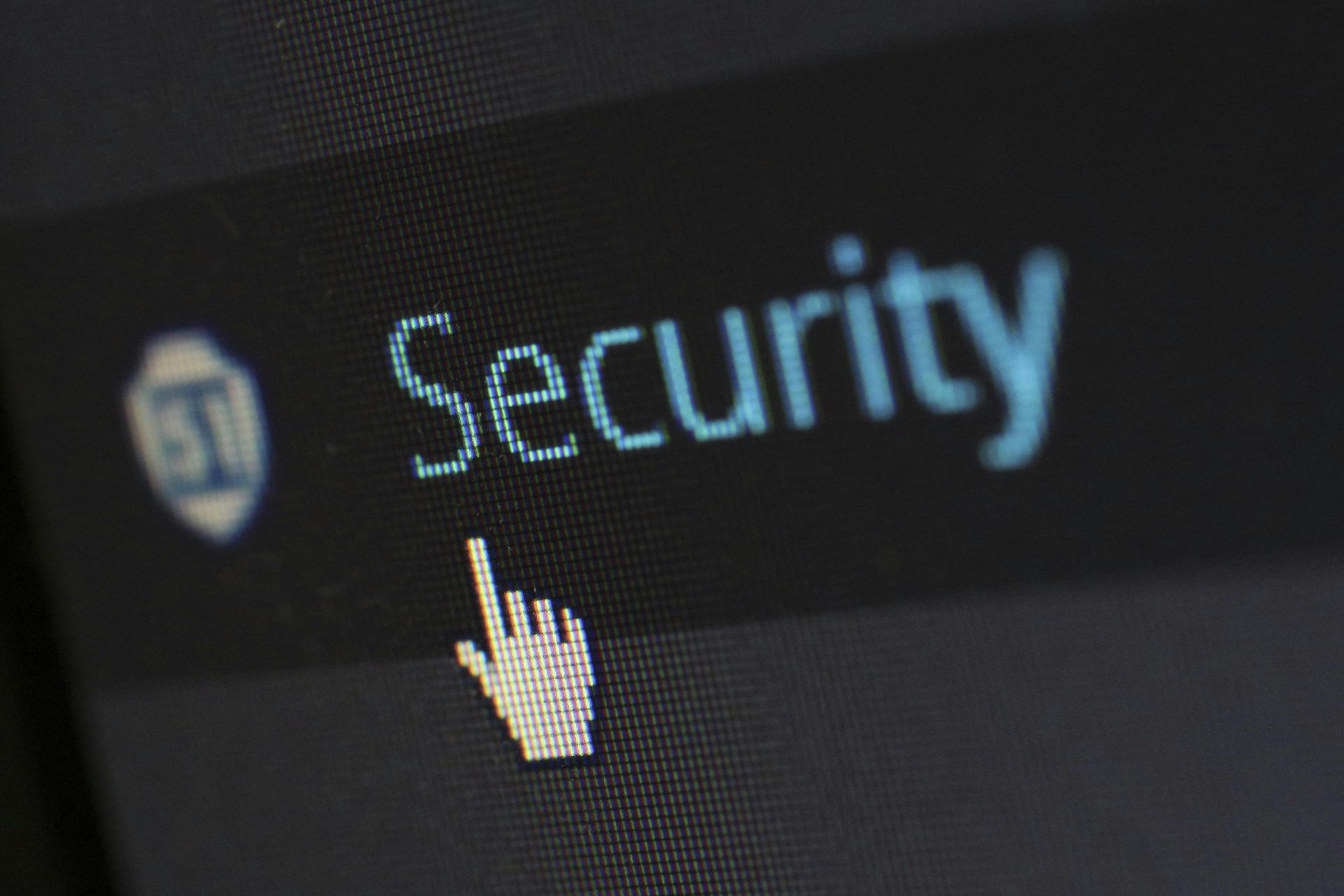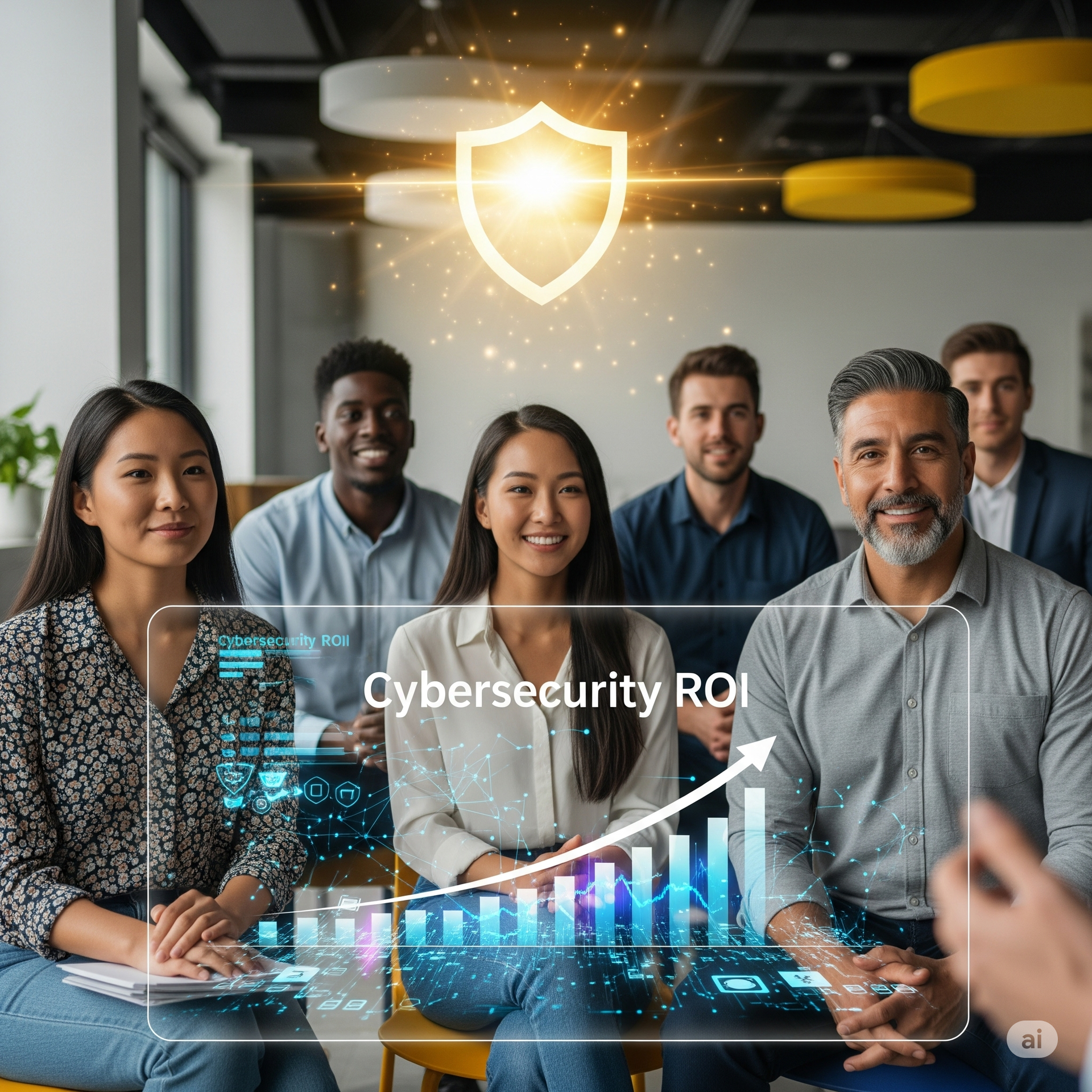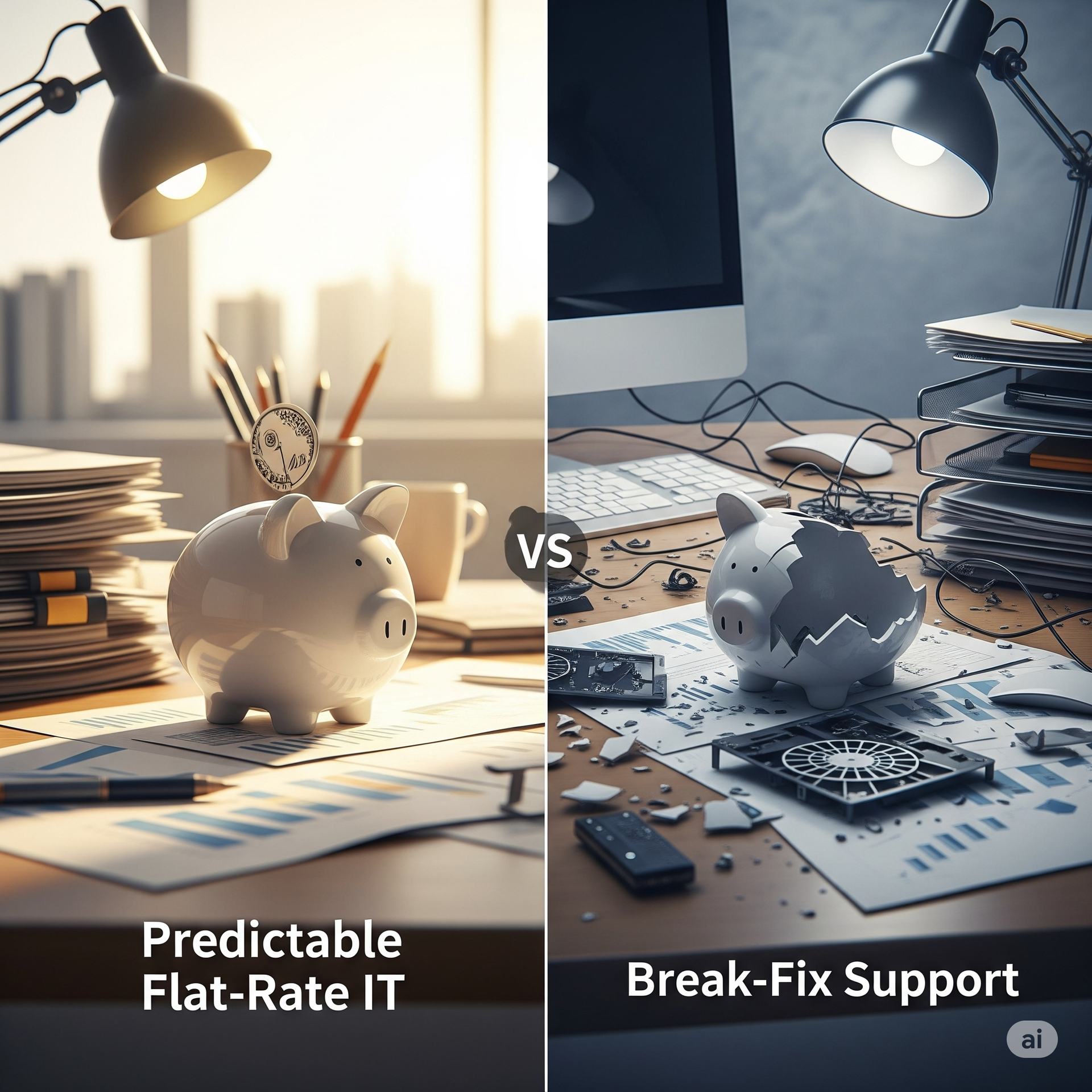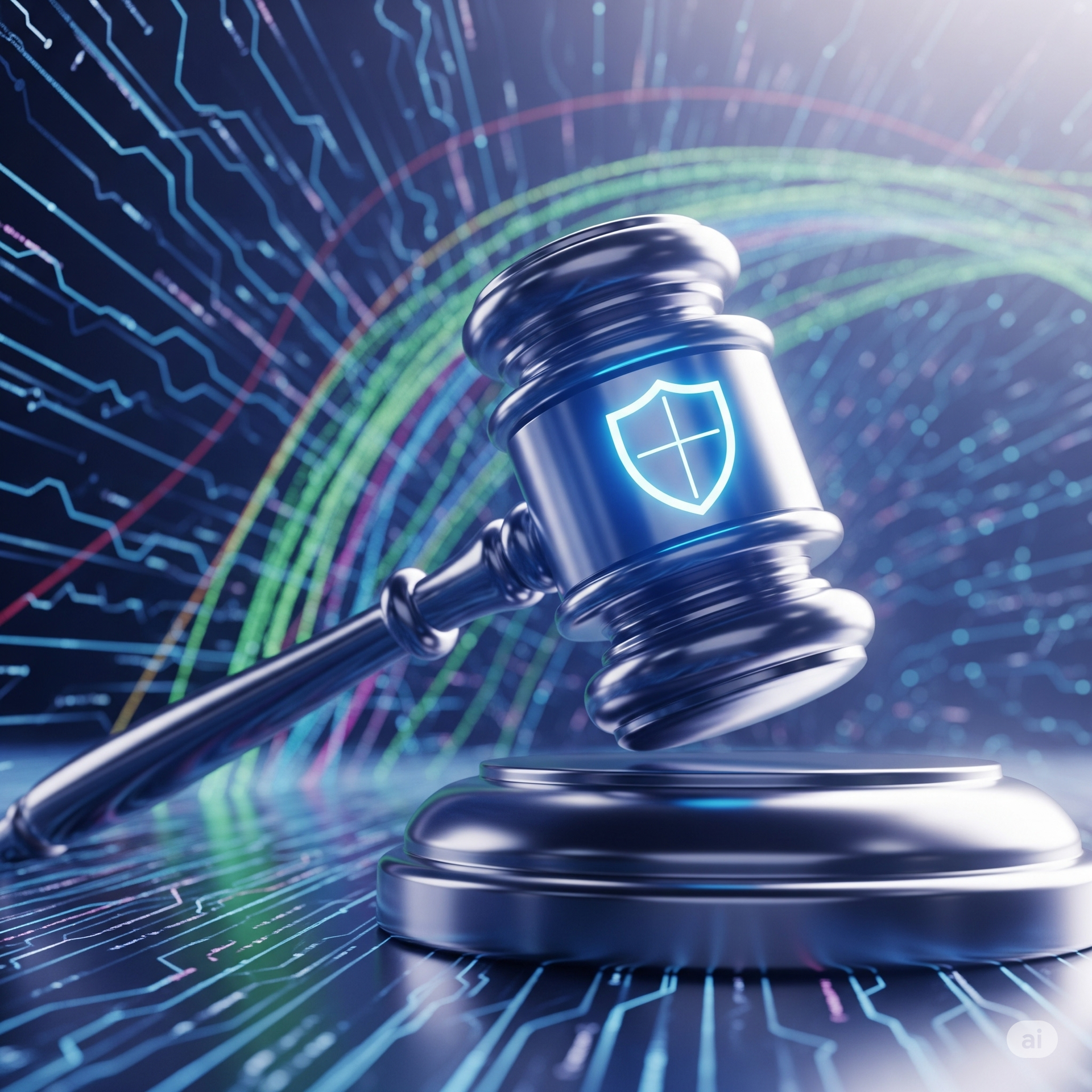Why a Strong Cybersecurity Policy is Non-Negotiable for San Marcos Businesses
Cybersecurity Policy

In today's digital age, running a business in San Marcos means more than just serving your customers and managing your operations. It also means navigating an increasingly complex landscape of cyber threats. We often talk about firewalls, antivirus, and incident response, but there's a foundational element that's often overlooked, yet absolutely critical: your Cybersecurity Policy.
Think of it this way: You wouldn't build a house without a blueprint, or run a team without clear rules. Why would you manage your digital assets without a well-defined set of guidelines?
What Exactly is a Cybersecurity Policy?
Simply put, a cybersecurity policy is a formal document (or a set of documents) that outlines your organization's specific rules, procedures, and responsibilities for protecting its information and technology assets. It's your official stance on how your business handles data, uses its IT systems, and responds to potential security risks.
It's not just a technical guide; it's a strategic document that sets expectations for every employee, from the CEO to the newest intern.
More Than Just Rules: Why Your San Marcos Business Needs This Digital Blueprint
You might be thinking, "Do I really need more paperwork?" The answer is a resounding yes, and here's why a robust cybersecurity policy is non-negotiable for your San Marcos business:
- Clear Expectations, Reduced Risk: Human error is a leading cause of security breaches. A well-defined policy clearly communicates what is acceptable (and unacceptable) behavior when it comes to company devices, data, and networks. This reduces ambiguity and significantly lowers the risk of accidental mistakes like clicking on phishing links or mishandling sensitive customer information.
- Compliance and Legal Protection: Many industry regulations (like HIPAA for healthcare, PCI DSS for credit card processing) and data privacy laws (like GDPR or CCPA, which can affect even local businesses if they deal with certain types of data) require documented security policies. Having them in place demonstrates due diligence and can help mitigate hefty fines and legal repercussions in the event of a breach.
- A Foundation for Security Measures: Your policy acts as the "why" behind your technical security tools. It dictates the need for strong passwords, regular backups, encryption, and secure network access. Without the policy, your technology investments lack a guiding strategy.
- Empowerment Through Education: Policies serve as invaluable training tools. They educate employees about their crucial role in maintaining security, fostering a culture of cybersecurity awareness throughout your organization.
- Faster Incident Response: While an Incident Response Plan details how to react, the Cybersecurity Policy sets the framework for what needs to be protected and the overall security posture that aims to prevent incidents in the first place. This makes your response more efficient and effective.
- Enhanced Trust and Reputation: In an age where data breaches are common, businesses that demonstrate a clear commitment to protecting information stand out. A strong, enforced policy builds trust with your customers, partners, and suppliers.
What Should Your Cybersecurity Policy Include?
While customized to your specific needs, a comprehensive cybersecurity policy often addresses areas like:
- Acceptable Use: What are employees allowed to do (and not do) on company networks and devices?
- Password Management: Requirements for strong, unique passwords and how to manage them securely.
- Data Handling & Classification: How different types of data (customer, financial, internal) should be stored, accessed, and shared.
- Remote Work Security: Guidelines for secure remote access, home network security, and device use.
- Email & Internet Usage: Rules for safe email practices and responsible internet Browse.
- Mobile Device Security: Policies for company-owned and personal devices used for work.
- Incident Reporting: How and when employees should report suspicious activity.
- Vendor Security: How you vet and manage the security practices of your third-party service providers.
Don't Leave Your Digital Security to Chance – Build Your Policy with HCS Technical Services
Developing a thorough and effective cybersecurity policy can seem like a monumental task. It requires understanding both the technical intricacies of cybersecurity and the unique operational needs of your business.
At HCS Technical Services, we specialize in helping San Marcos businesses like yours develop robust, practical, and enforceable cybersecurity policies. We'll work with you to:
- Assess your current environment and identify your unique risks.
- Draft clear, comprehensive policies tailored to your industry and operations.
- Ensure your policies align with relevant compliance requirements.
- Help you implement and communicate these policies effectively to your team.
Don't let the absence of clear rules leave your business vulnerable. A strong cybersecurity policy is not just a document; it's a vital shield that protects your assets, reputation, and future.
Ready to build your digital rulebook? Contact HCS Technical Services today for a consultation on creating a cybersecurity policy for your San Marcos business.
HCS Technical Services











